Do you know elastane fabric? You'll find it in many of your favorite stretchy clothing, from yoga pants to swimsuits. This revolutionary synthetic fabric is also known as spandex or Lycra. It can stretch up to seven times its length while maintaining its original shape.
Elastane, created by DuPont in 1958, is durable and flexible due to its unique composition. The material's remarkable properties have transformed modern clothing. And its applications continue to expand across various industries.
Key Takeaways
- Elastane is a synthetic fabric made from polyurethane polymers. It can stretch up to 700% without losing its shape.
- Also known as spandex or Lycra, DuPont developed elastane in 1958 as a rubber substitute.
- Most clothing contains less than 30% elastane. It's often mixed with materials like cotton or polyester to improve stretch and comfort.
- It's widely used in activewear, swimwear, and denim. This is due to its exceptional stretchability and moisture-wicking properties.
- Elastane is durable and resistant to body oils, sweat, and sun exposure. It's ideal for athletic and everyday clothing.
An Overview of Elastane Fabric
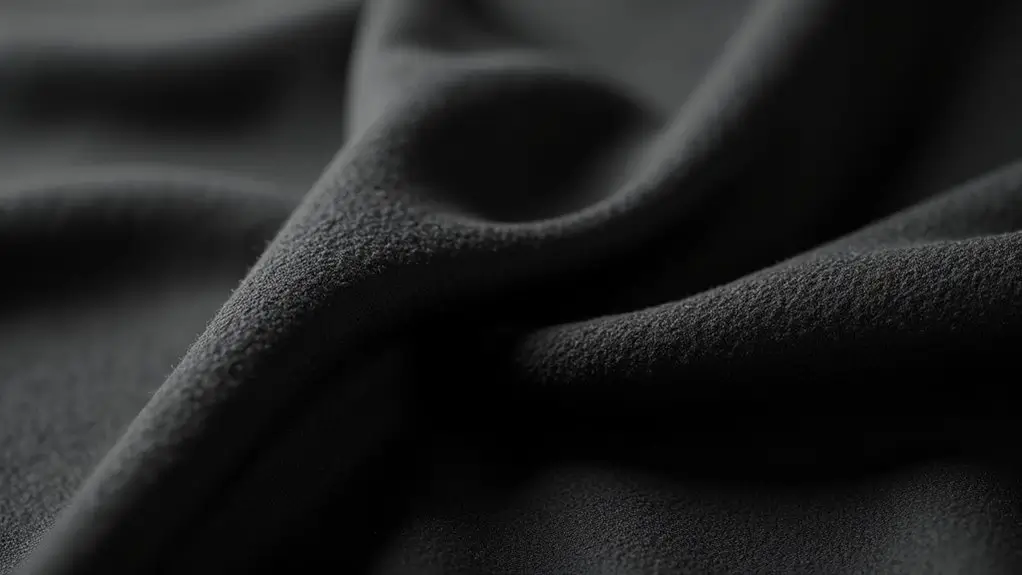
Elastane material was first developed by DuPont in 1958. It revolutionized the textile industry with its incredible elasticity.
History of Elastane
Elastane is a groundbreaking synthetic fiber known for superior stretch. DuPont introduced it in 1958 under the brand name Lycra.
It was initially developed as a substitute for rubber. This polyurethane-based material then transformed the textile industry. It could stretch up to 700 percent of its original length.
Since its invention, elastane, or spandex fabric, has become essential in modern clothing.
By 2010, approximately 80% of clothing sold in the U.S. contained this versatile fiber.
Properties of Elastane
Elastane is a remarkable synthetic material used in modern clothing. It stands out for its extraordinary ability to stretch up to seven times its original length. Meanwhile, it can maintain perfect shape recovery.
This durable synthetic fiber delivers exceptional elasticity while remaining lightweight and quick-drying.
When mixed with other materials, elastane improves garment performance, making up less than 30% of the total fabric. It's resistant to your body oils, sweat, and sun exposure, which helps maintain its shape over time.
But you should know that elastane's environmental impact is concerning. It's non-biodegradable and releases microplastics during washing.
Production of Elastane
To make elastane fabric, manufacturers start with a complex chemical reaction between diols and diisocyanates. This reaction will create polyurethane polymers.
The production process relies heavily on dry spinning. Concentrated polymer solutions are carefully extruded through specialized equipment.
Unlike other synthetic fibers, you can't melt-process elastane fibers. Because they'll break down at high temperatures.
The energy-intensive manufacturing requires at least 85% polyurethane content to achieve proper stretch properties.
Elastane production relies on non-renewable resources such as crude oil and natural gas. This raises important environmental concerns in today's sustainability-focused textile industry.
Common Uses of Elastane Fabric
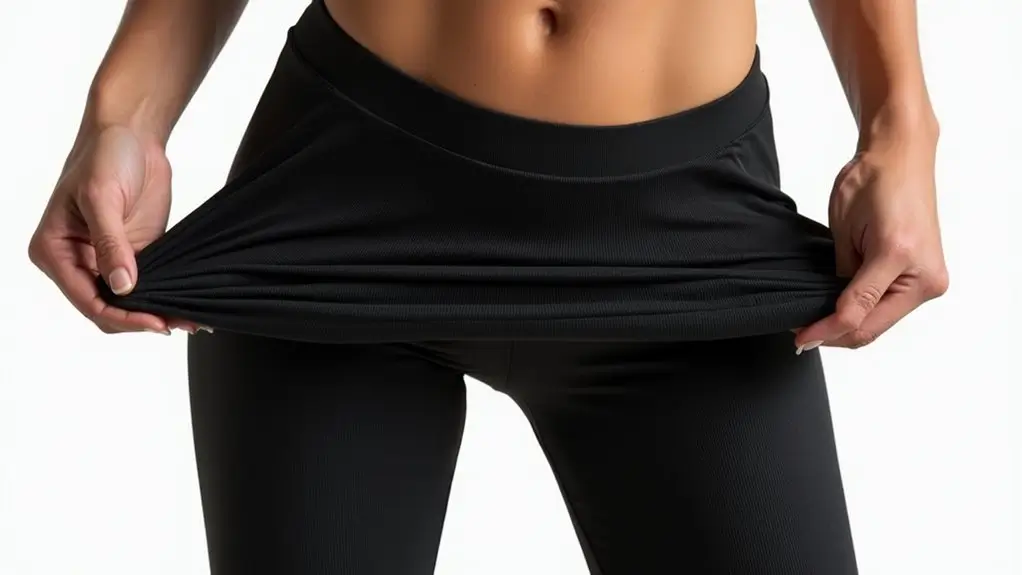
Elastane's versatile properties make it an essential component in various sectors. You can find it in clothing, home fabrics, and medical applications.
Clothing
The wide-ranging applications of elastane in modern clothing have revolutionized how garments fit and perform during physical activities.
Elastic elastane is used in sportswear and activewear, like yoga pants and leggings. It provides unrestricted movement and moisture-wicking properties during intense workouts.
When blended with other materials, elastane enhances the comfort and shape retention of everyday clothing.
You can stretch these garments up to 700% without damage. This makes them perfect for skinny jeans and dancewear.
In lingerie and shapewear, elastane delivers essential support while maintaining style. It ensures your underwear fits comfortably throughout the day.
Home Textiles
Elastane has also become increasingly popular in home textile applications. It transforms everyday household items into more functional and adaptable products.
You'll find elastane fabric in fitted sheets and pillowcases. Its stretch and recovery properties make these items easier to fit and remove.
In upholstered furniture, blended elastane fabrics help maintain shape and prevent sagging.
Elastane's durability also improves curtains and drapes. It enhances their draping qualities and allows for easier movement.
Home textiles with elastane also have enhanced moisture-wicking capabilities. This will keep your living spaces more comfortable in humid conditions.
Medical Applications
Elastane fabric has medical applications that transform patient care. It provides specialized garments that offer comfort and therapeutic benefits.
Compression garments with elastane help improve blood circulation and support recovery after surgery. The fabric's unique properties make it perfect for orthopedic supports. It allows movement while maintaining necessary pressure.
Its moisture-wicking properties help prevent skin issues by keeping patients dry and comfortable.
In sports medicine, elastane-based garments reduce muscle fatigue. They also enhance body awareness during rehabilitation.
This versatile material is often used in bandages and wraps. It conforms to the body while ensuring proper blood flow.
Care and Maintenance Tips for Elastane Fabric
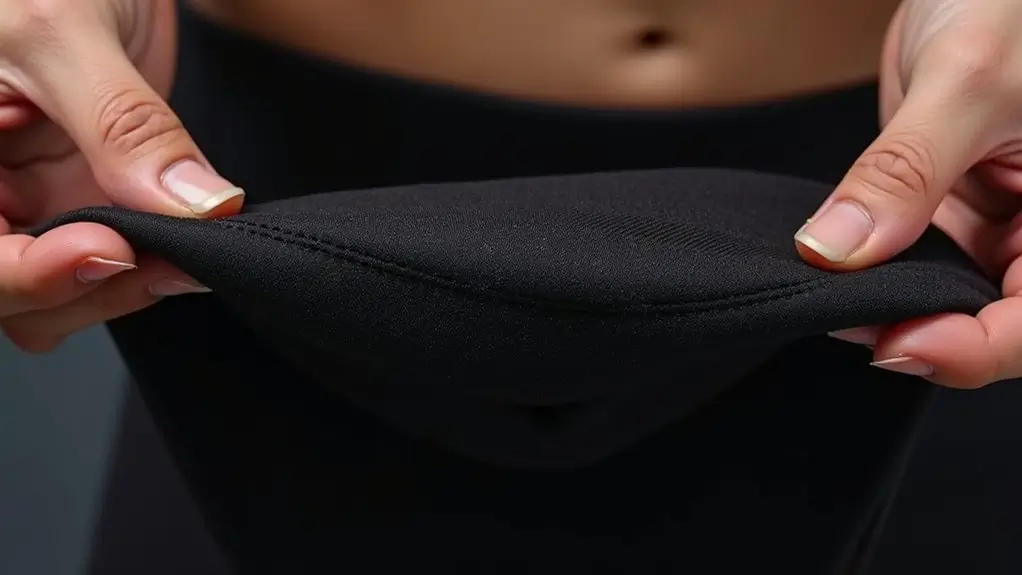
To keep your elastane in top condition, follow specific washing and drying guidelines.
Proper care of elastane garments starts with careful washing procedures. So you can maintain the fabric's stretch and shape retention properties.
Use cold water when washing elastane-containing items. Avoid harsh detergents or bleach that can damage the fibers. Place your garments in a protective mesh bag to minimize wear during the washing cycle.
Keep your washing machine clean to prevent detergent buildup. This can affect elastane's performance.
To prevent heat damage, dry your elastane pieces using a low-heat tumble dry setting or air drying.
You should store your clean garments in a cool, dry place away from direct sunlight and heat sources.
Advantages and Disadvantages of Elastane Fabric
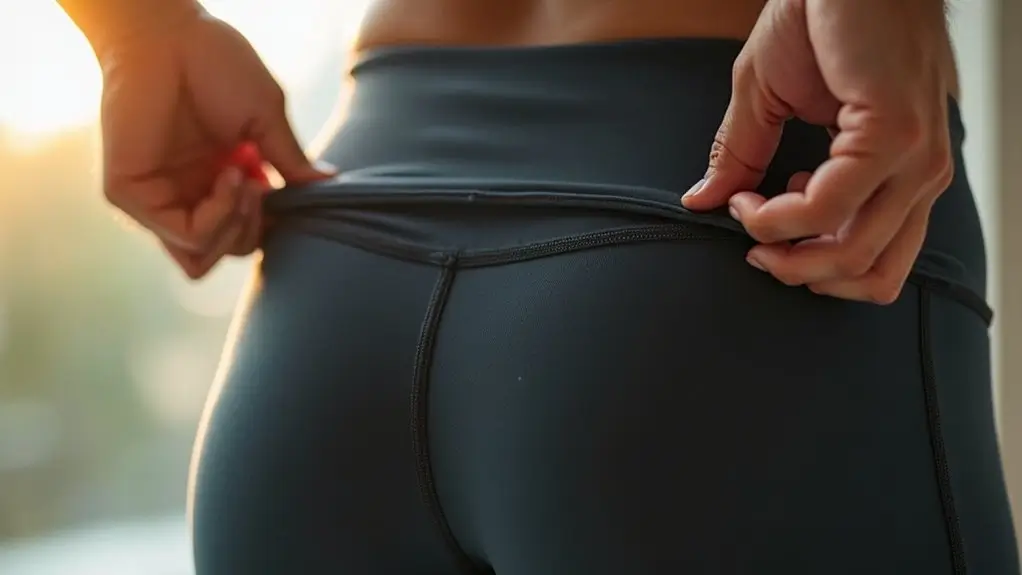
You'll love its incredible stretch capacity when you choose elastane for your garments. But you still need to consider some of its drawbacks.
Benefits of Using Elastane
When you wear garments containing elastane, you'll appreciate its exceptional elasticity. It allows stretching up to 700% without losing shape. The fabric's moisture-wicking properties keep you dry during intense activities. This makes it perfect for athletic wear and performance clothing.
You'll also notice excellent durability. This is because elastane resists damage from sweat, oils, and sun exposure. The material maintains its form well. It prevents wrinkles and sagging that typically occur in regular clothing with repeated wear and washing.
Potential Drawbacks and Limitations
Elastane offers remarkable stretch and comfort. But significant drawbacks impact both consumers and the environment.
The material is not biodegradable and can persist in landfills for up to 200 years. Plus, its energy-intensive production process relies heavily on petroleum resources.
Elastane's presence in fabrics creates challenges for recycling processes. This is true even when elastane is present in small amounts.
The material is durable and has shape-retention properties. But it tends to trap heat and develop odors more quickly than natural fibers.
The environmental impact of elastane production continues to raise concerns about sustainability. Thus, manufacturers need to find sustainable alternatives as soon as possible.
Innovations and Future Applications of Elastane
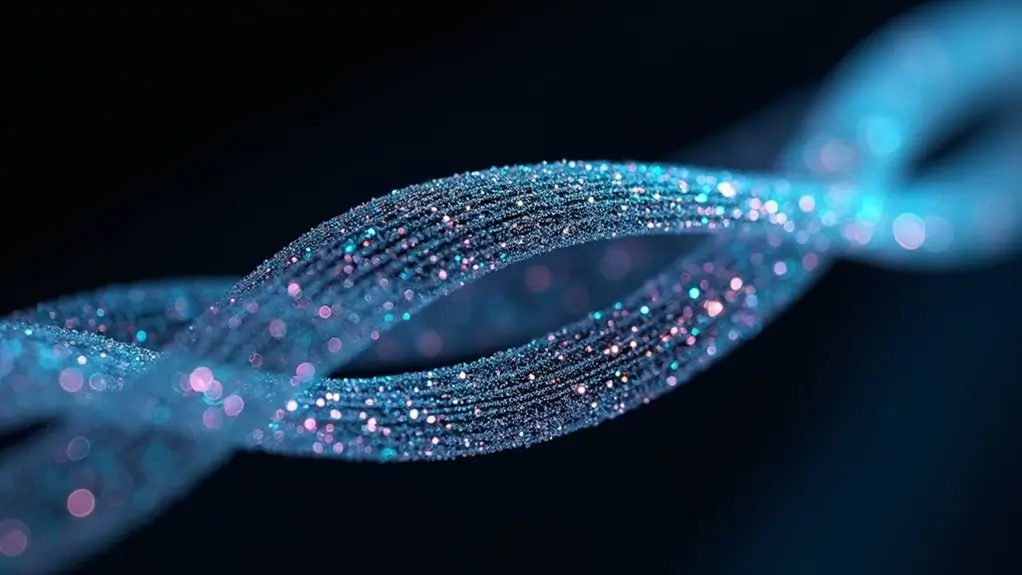
Recent innovations in elastane production signal major shifts toward sustainability and enhanced functionality.
New eco-friendly alternatives use plant-based materials instead of petroleum. Meanwhile, recycling processes like Spanflex transform waste into new fibers. Companies are developing sustainable fabrics by blending recycled elastane with other renewable materials.
Expect elastane-based fabrics with integrated technology for moisture control and odor resistance. These developments show the industry's commitment to reducing environmental impact while enhancing performance.
Conclusion: What Is Elastane Fabric?
Elastane's remarkable properties make it an indispensable fabric in modern clothing. It enhances the comfort and functionality of numerous garments.
Elastane needs specific care and has some limitations. But its ability to stretch, recover, and adapt continues to drive innovation. Whether exercising or seeking better-fitting clothes, this versatile synthetic fiber will likely benefit you.
Learn more fabric knowledge on the Longan Craft Blog, and dive into the fabric world with Longan Craft!
FAQs
What Is the Problem With Elastane?
Concerns about elastane include its non-biodegradable nature and microplastic pollution from washing. The recycling process is challenging, and production is energy-intensive, relying on fossil fuels. This makes elastane an environmental issue for long-term sustainability.
Is Elastane Toxic to Humans?
You don't need to worry about toxicity from wearing elastane. It's generally safe in finished form. But its manufacturing processes can pose risks to workers and the environment.
Is Elastane a Good Fabric?
Elastane is excellent for its stretch and comfort in activewear and fitted clothing. It's lightweight, breathable, and durable when blended with other fabrics. But it does raise environmental sustainability concerns.
Is Elastane the Same as Spandex?
Yes, elastane and spandex are exactly the same fabric. You'll find these terms used interchangeably. "Spandex" is more common in North America. "Elastane" is preferred in Europe and elsewhere.

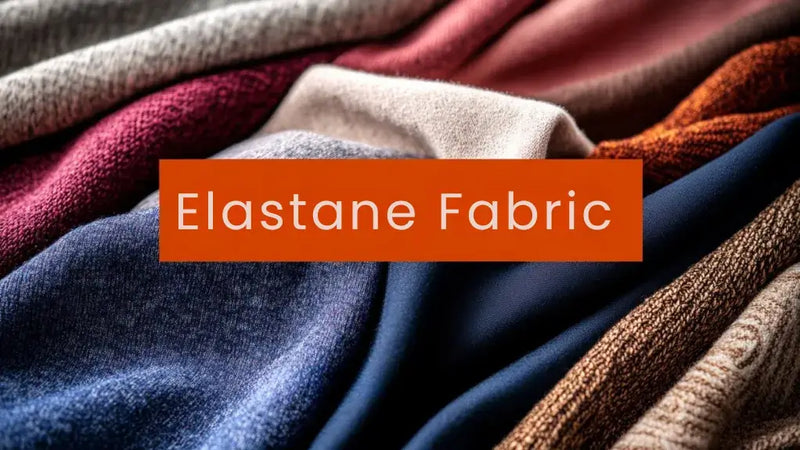
0 comments